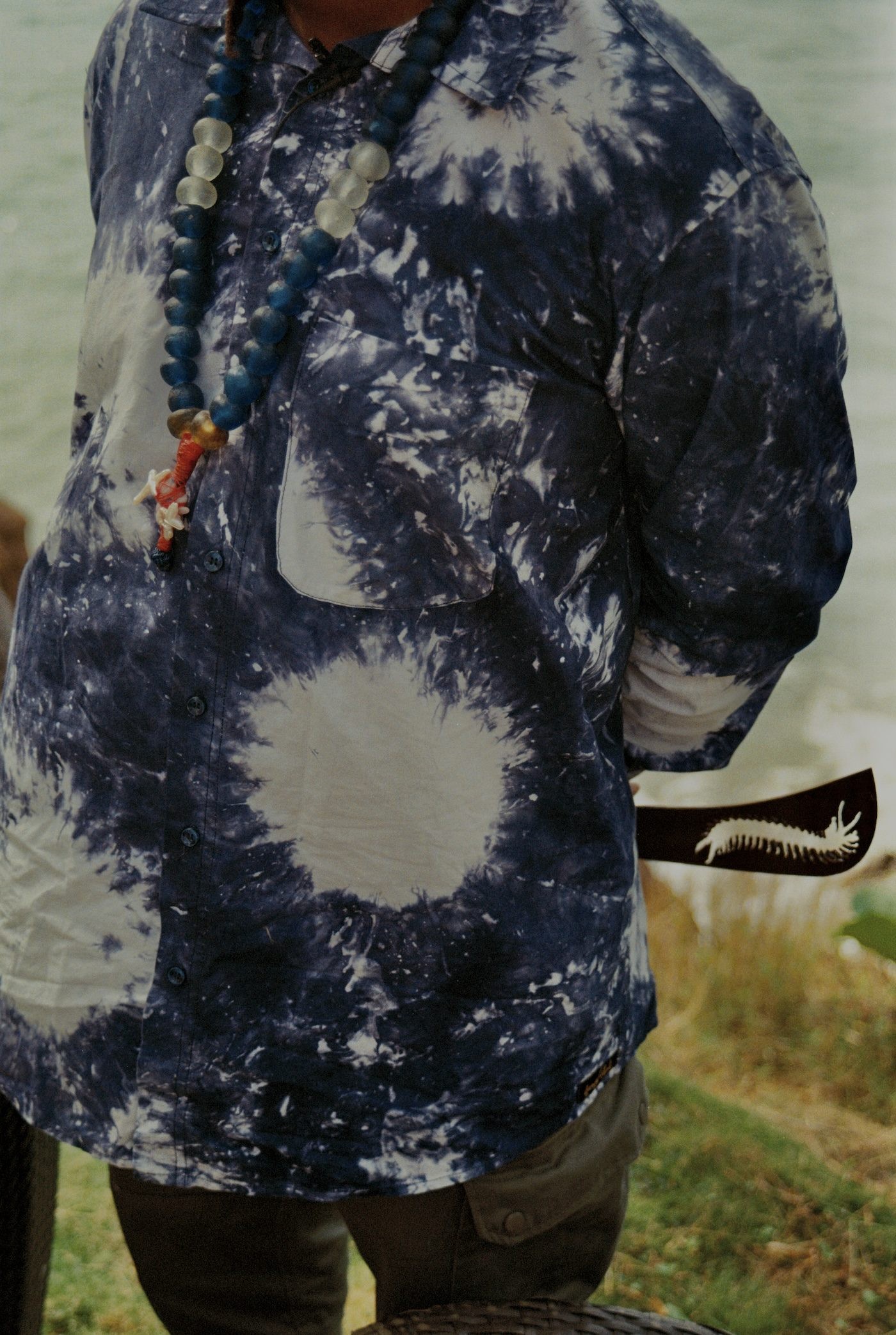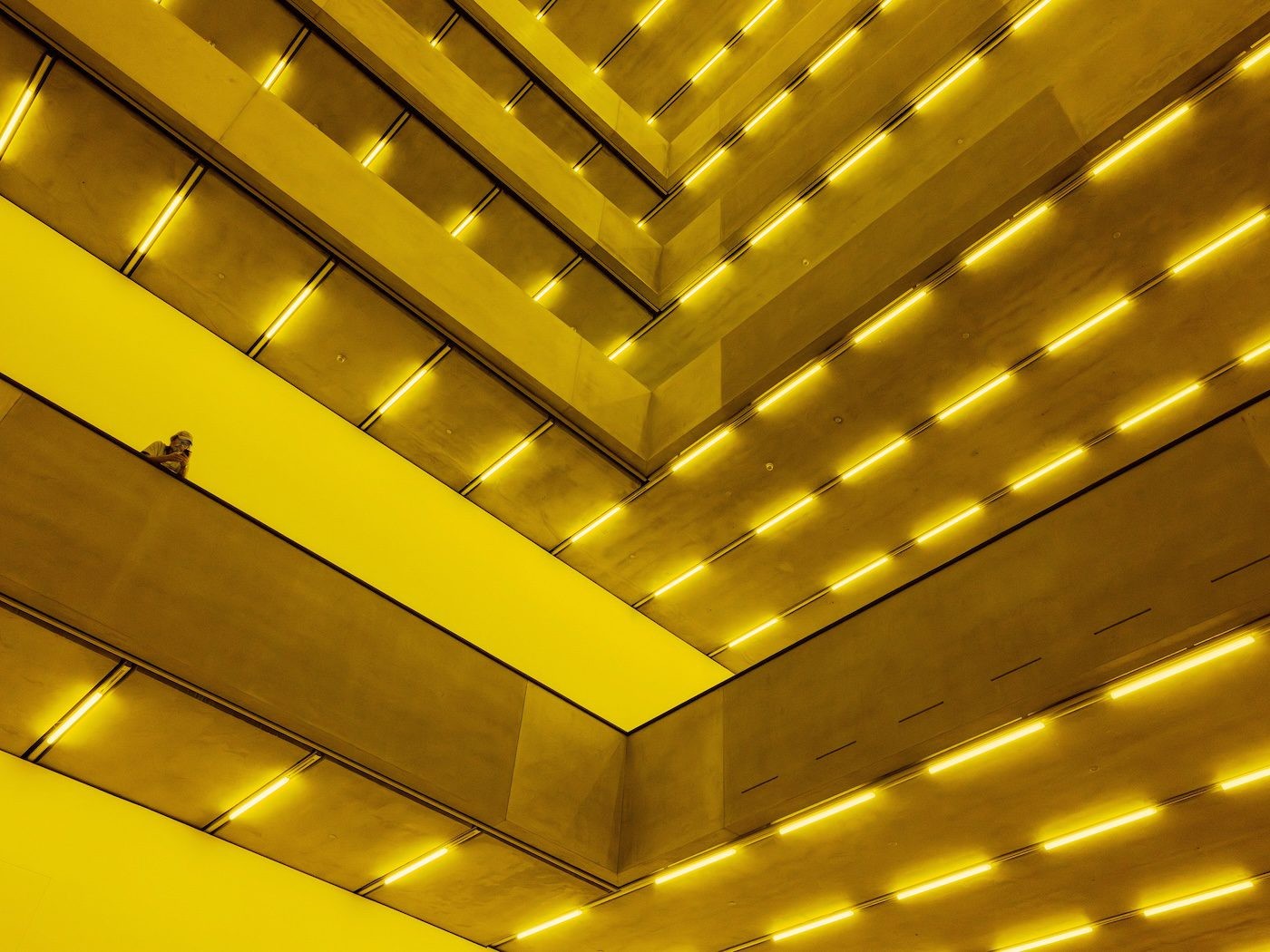Listening to the Sounds of Nairobi
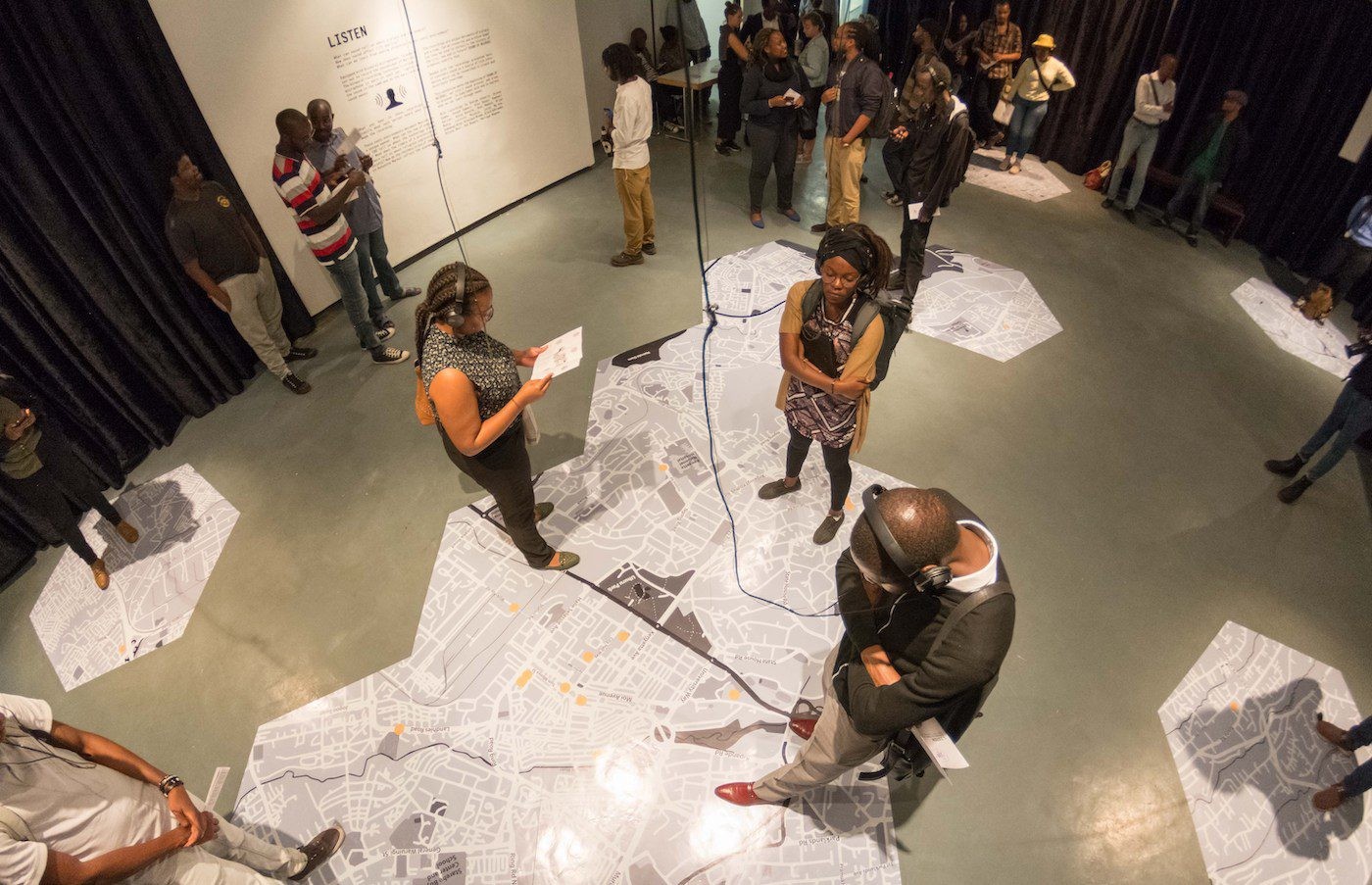
07 December 2021
Magazine C& Magazine
Words Lutivini Majanja
7 min read
An artistic collective archives the capital’s soundscape. Here they speak about their motivations and how the tune of the city is constantly changing.
C&: Could you each speak about your background and your involvement with Sound of Nairobi (SON)?
Brian Muhia: I was always fascinated with how the sound environment around me changes how I think. I also read about early internet communities that had each individual collect everyday sounds and share them with people all over the world to hear. So when Raphael and Sophia came to me with questions on how to code the system for what would becomeSound of Nairobi archive, I was eager to start building something immediately. Several months of researching ideas and similar projects followed, and then we settled on the current design.
Raphael Kariuki: I had this fascination with the sounds of Nairobi, having grown up in Nyeri. After moving to Nairobi, I noticed that the sounds were changing as the city grew. So I wondered if one could document the story of the city just by listening to and recording its sounds. Conversations with likeminded friends eventually became serious. Sophia and I had had ideas in mind for years, which finally came to life, and then Brian and Lorna Ng’eno joined in 2019.
Kamwangi Njue: I come from a music background that transitioned to an interest in sampling forms and styles for my early DJ sets. I was interested in writing, and had taken to sound theories, sonic fictions, and hyperstition as a phenomenon within sound and praxis. In 2019 I went to the first workshop that SON did. I participated in the field recording, in writing, and messing around with the free sample archive on the website. Then I joined the editorial team in 2020.
Sophia Bauer: I am an artist and over the years my interest has focused more and more on sound. I seem to orbit the topic in many ways and keep on coming back to it: as a medium, as a concept, as a sensation. I met Raphael in 2011 and we started hanging out whenever I was in Nairobi. Over the years we discovered that we shared an excitement for sound and especially the soundscape surrounding us. These conversations intensified and slowly the idea of the sound archive formed. It is intended as a place for people to research sound but also as a platform for dialogue and discussion about sound art and experimental music in Nairobi.
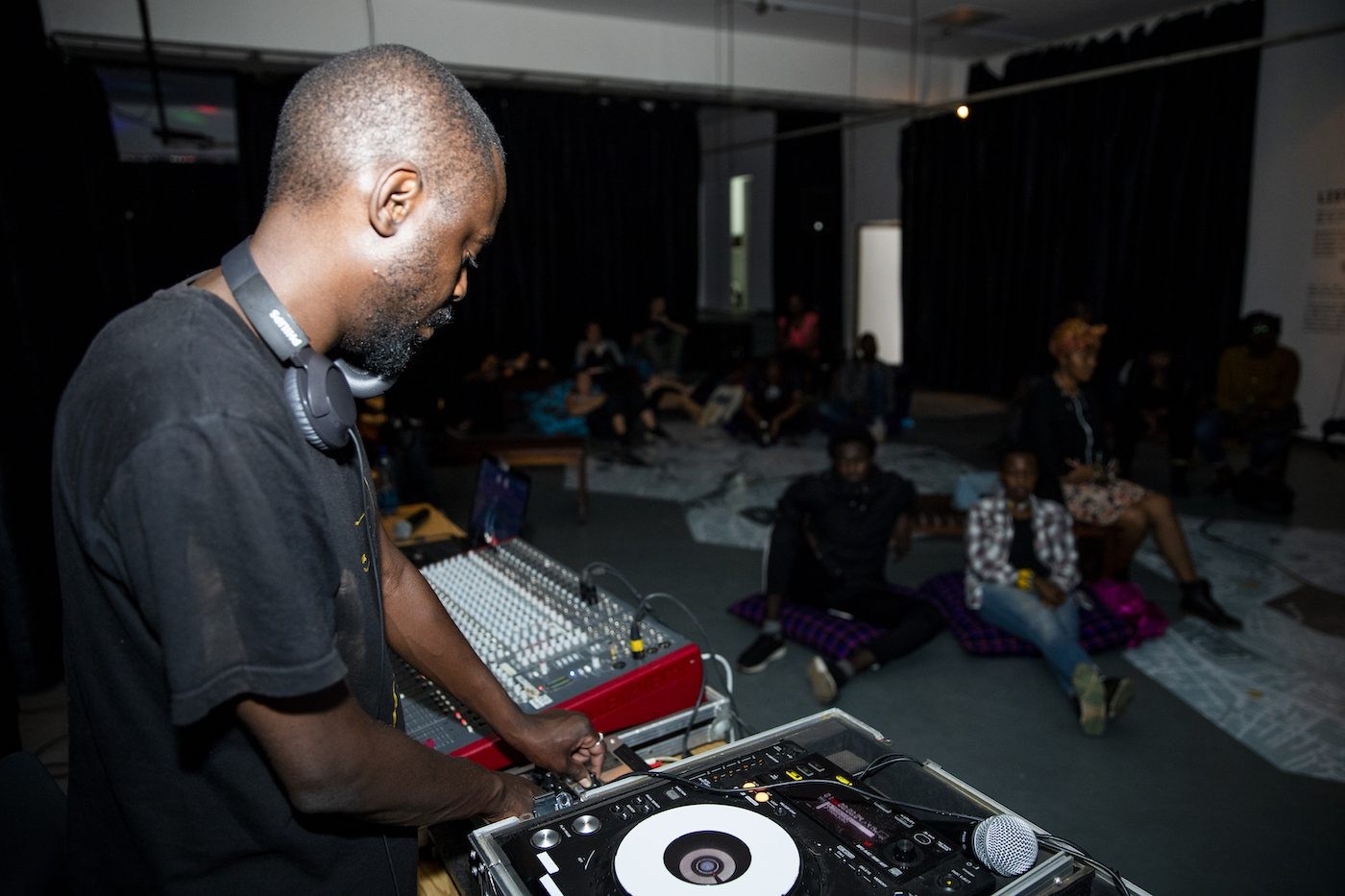
Installation View, Listen, Exhibition Opening. Courtesy of Goethe Institut / Alliance Française.
C&: The earliest recordings shared on your archive are from September 2019. Given the constantly changing environment, could you share samples of sound recordings that have stood out to you over time, and explain why.
RK: I’m fascinated by a series of recordings (SON000214 – SON000220) that were made at a bar during the COVID-19 pandemic. It’s interesting to listen to people’s attempts to carry on with “normal life” while health ministry PSA’s and COVID news plays on TV:https://archive.soundofnairobi.net/son/archive?upload=2dacb93e-6984-427e-b932-fc6b64f18dfa
Another favorite is of a person washing their dishes in the early curfew period of the pandemic, when evenings were unusually silent (SON000183): https://archive.soundofnairobi.net/son/archive?upload=834c00d2-0bde-4f6a-9265-a6484d59d85f
SB: When we prepared our first exhibition, LISTEN, in November 2019, I was going through the field recordings. One recording (SON000005) is of someone sitting on the balcony documenting the morning atmosphere and having a cup of tea. When I listened, initially I was annoyed that the person can be heard sipping tea. I was thinking that it is not an objective recording of the place and the time. But then I realised that this sound archive is not about objectivity. The recordings are subjective testimonies by individuals, they sound how they sound because the person recording decided to wear the microphones in a certain way, because they had a certain body and a certain way of doing things. Thinking about it, most archives are actually subjective. When one documents something there are always decisions involved which affect the entry in the archive – with sound I guess it is just more obvious and transparent. In this way Sound of Nairobi questions what we regard as a valid kind of document and further what we understand as knowledge, what we regard as an authoritative source of knowledge production.
C&: Could you speak about the SLAP? EP and how it was conceived?
RK: Beyond archiving for research, SON is also an open resource for artists working with sound. In fact another of the founding aims was to stimulate interest in audio art among artists and art audiences. SLAP? (Sounds Like A Pandemic?) was a project that dealt with Nairobi’s first eight months of the COVID situation. We invited four experimental electronic music makers, myself included, to make musical or sound art compositions using sounds from the pandemic. We wanted to present different artistic interpretations of or responses to the sounds of the time.
Listen to the EP here:https://soundofnairobi.bandcamp.com/releases
C&: Tell us about the Ear Map project launched earlier this year.
RK: This project offers a sound walk through Nairobi – via a route that we can regularly sample over time and study for changes. Anyone can participate in the sound walk by downloading the map on our site, recording their walk and uploading it. We’ll publicize everything more loudly in the coming year.
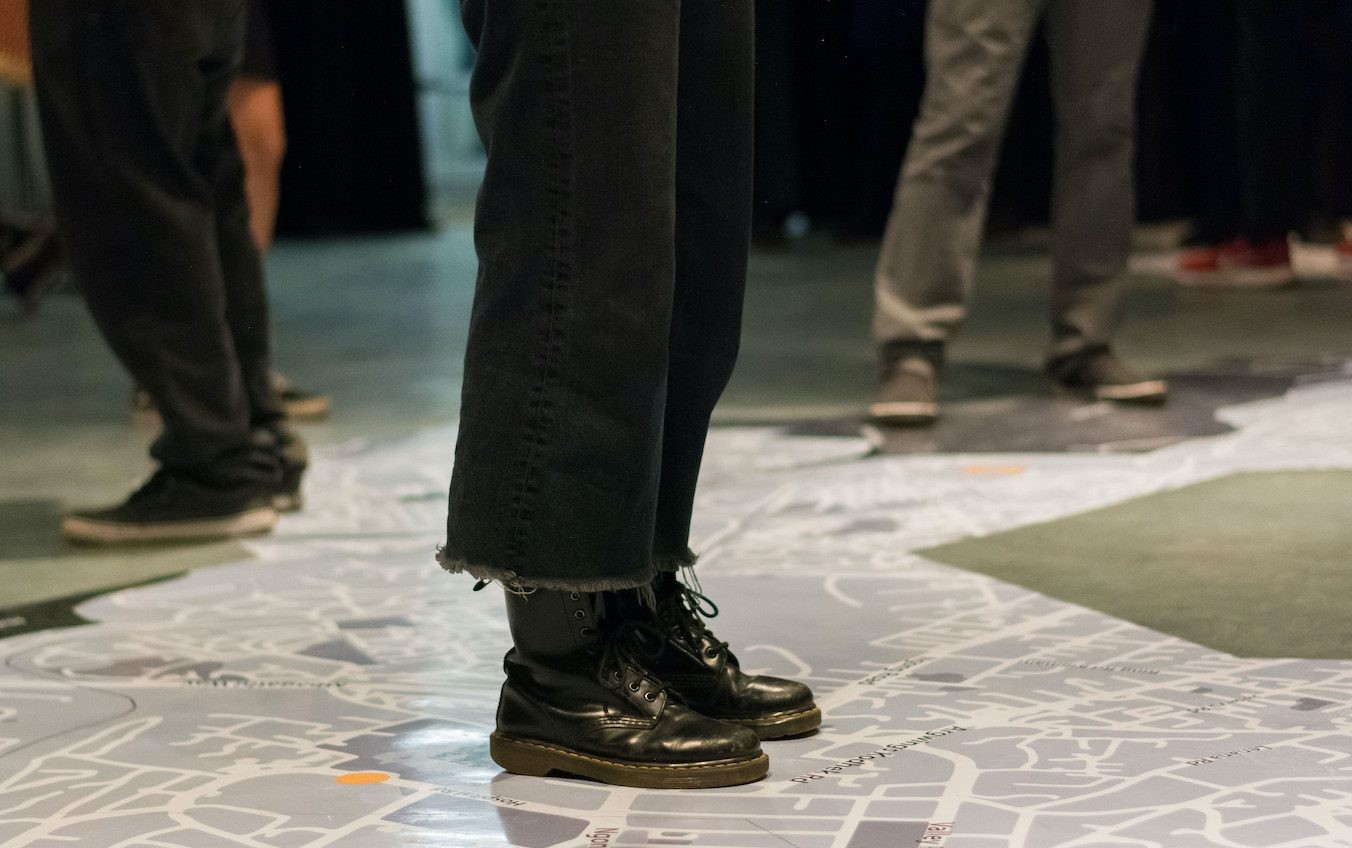
Installation View, Listen, Exhibition Opening. Courtesy of Goethe Institut / Alliance Française.
C&: What are your ambitions for Sound of Nairobi?
BM: The most important thing for me is to be active for a long time. There’s nothing like hearing how the sound of the city has changed over time, and it would be useful to have such a resource. Ensuring this longevity has been a matter of different technology choices. I would also like to see more artists or researchers using the data that comes from the archive.
RK: Most important for me is to develop a proper robust data archiving structure, and Brian Muhia is leading us with that. We have cloud and offline capacity for now but as the archive grows we need a future-proof system that can keep the data accessible and provide back-ups. The archive should be around for a few decades at least, for it to be useful and true to its raison d’etre.
Next for me is to see sound art practice develop in Nairobi, Kenya, and Africa. Sound is such a rich source of information and artistic resource, and I feel that sound art makes us more aware of our situations and presence in the worlds we inhabit. Especially as technology dictates how we engage with information and shifts dominant culture away from broadcast media and traditional publishing, sound presents new avenues for telling our stories and sharing our experience.
KN: If more artists could use the archive, that would be good.
SB: I hope our work will encourage people in Nairobi to work with sound and research it so that the dialogue about the topic can get new input and ideas from a Nairobian perspective.
We are currently only funded project by project, which of course limits what we can do. I hope that will eventually change so that Sound of Nairobi can become an even more stable project in the future.
C&: Are there any plans to go beyond Nairobi?
SB: Nairobi has many sounds. There are always new things happening which feel like they need documenting and for the moment this is a vast field to explore. We are a small team and Nairobi seems already overwhelmingly big. However, we are always up for ideas and collaborations from all different areas and places.
Lutivini Majanja is a writer from Nairobi, Kenya. She has fiction and non fiction published in various publications. She participated in Sound of Nairobi’s City Walk’s 2019 workshop. She has an MFA in Creative Writing from the University of Maryland.
Read more from

Maktaba Room: Annotations on Art, Design, and Diasporic Knowledge

Irmandade Vilanismo: Bringing Poetry of the Periphery into the Bienal
Read more from
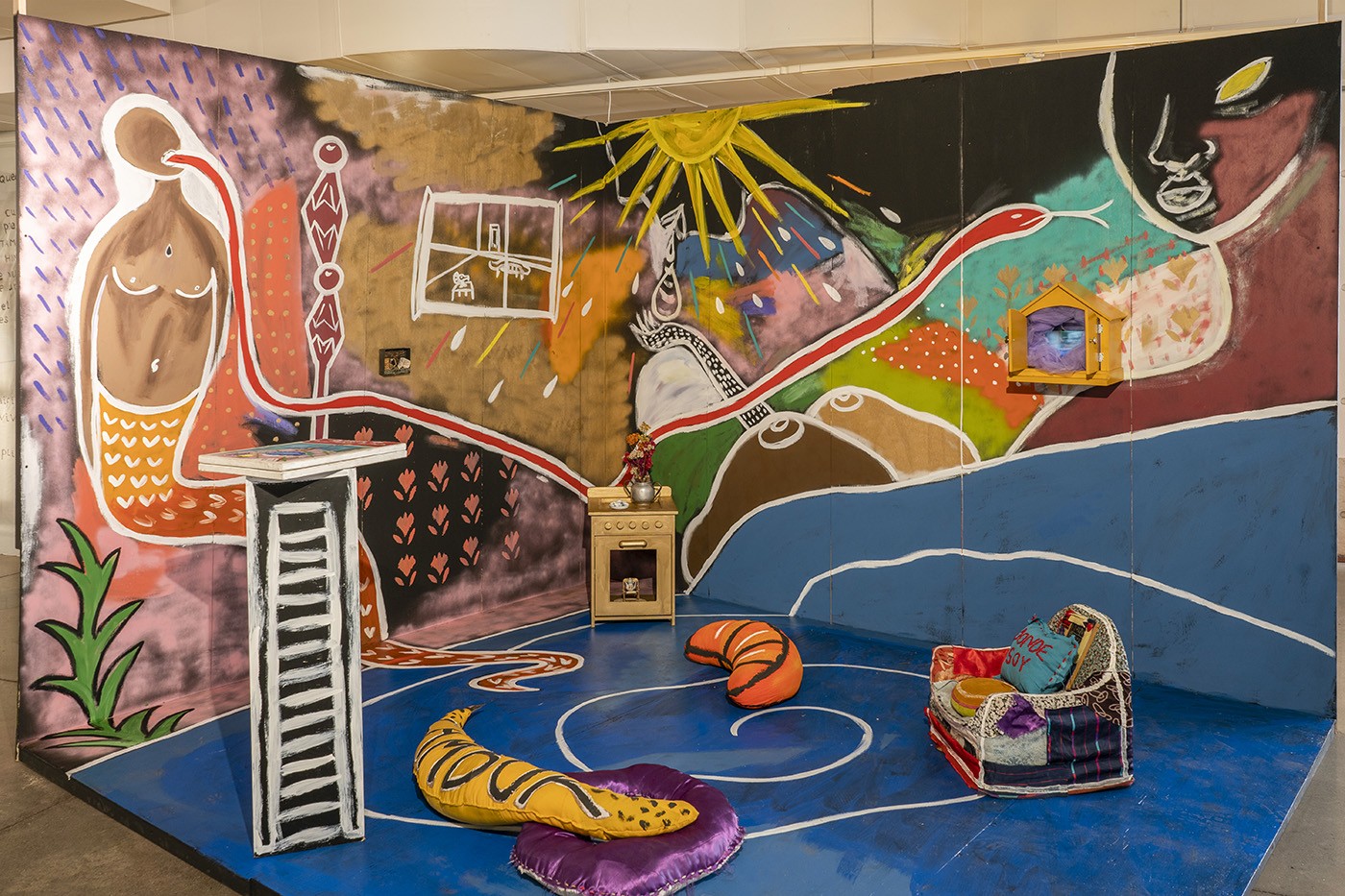
A Biennial that relates sound to space and bodies
